
Home to an estimated 40,000 plant species, including 16,000 native tree types, with new ones still being discovered on a regular basis, the Amazon Rainforest is one gigantic expanse of greenery and accounts for some 20% of the world’s entire allocation of natural forest.
Studies have shown that a single square kilometer of the vast Amazon Rainforest can contain upwards of 90,000 tonnes of living plants, including some of the most interesting and unique species of plants found anywhere on earth. Here is a list of 10 very cool plants found in the Amazon Rainforest.
Red Tropical Heliconia Flower
This beautiful Amazonian flora is known as the Hanging Lobster Claw. This flower is bright in color and varies in its shape. Known for their characteristically long structure, heliconia plants range from 0.5 to nearly 4.5 meters (1.5–15 feet) tall depending on the species and their leaves are 15–300 cm (6 in-10 ft) in size. They require warm and humid conditions to grow, thus being prominent in the tropical regions of the world. Hummingbirds rely on Heliconia plants for food and nesting, and they are also the main pollinators of the plant.
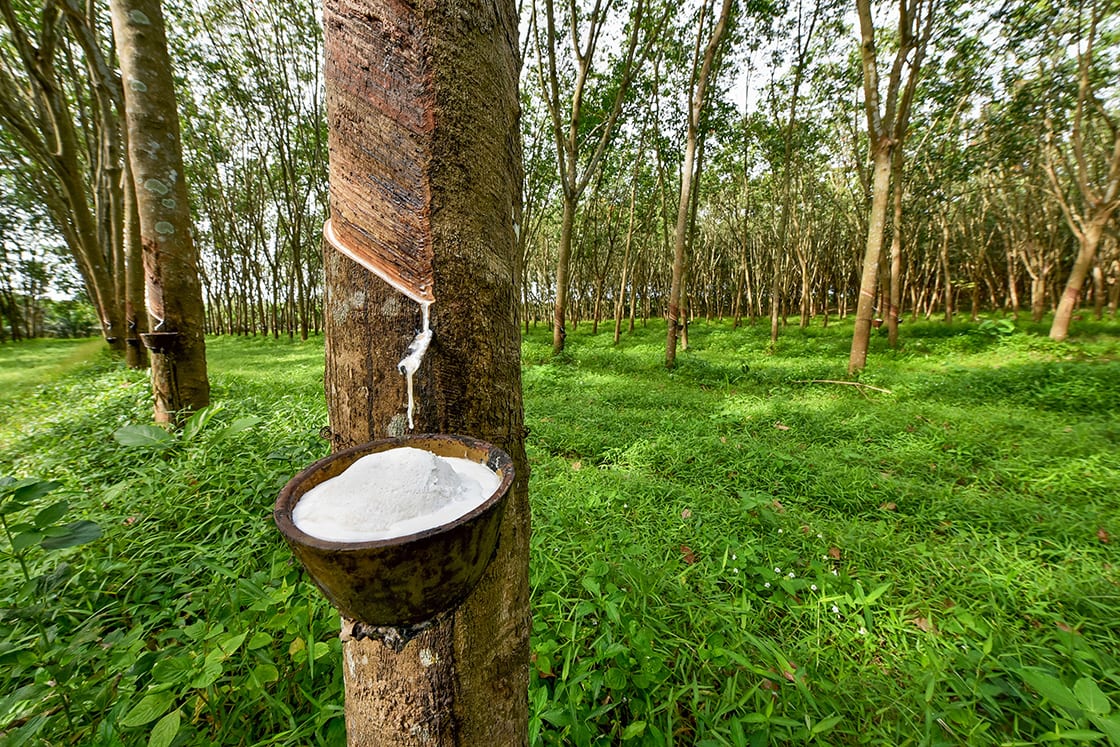
Rubber Tree And Bowl Filled With Latex
Economically, the rubber tree is one of the most important trees in the Amazon rainforest for indigenous peoples. The rubber tree’s sap is latex, and it is still used today in the modern processing of rubber. The rubber tree can reach a height of up to 100 feet (30 m). The inner bark of the tree oozes latex when cut or damaged. It’s quite a unique sight to see. Originally this plant was native to the Amazon rainforest, however, seeds were eventually illegally smuggled to Southeast Asia where the tree successfully propagated.
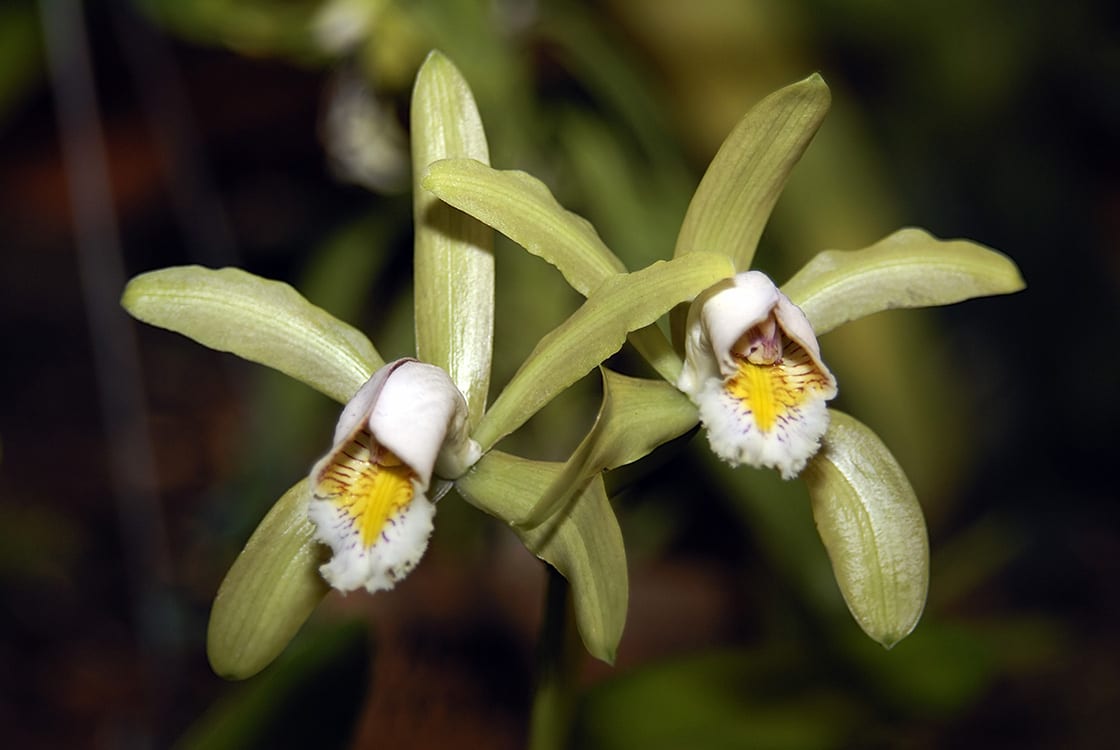
Cattleya Forbesii Orchideengewaechse Orchidaceae In The Brazilian Amazon
The orchid flower is known as one of nature’s most exquisite flowers. They are also the largest family of flowers in the entire world (about 30,000 different species). Orchids grow in all shapes and sizes, and because of their adaptable nature, they grow in almost all climates around the world, except the cold! Amazon Orchids, like many flowers, depend on insects and birds for pollination. The conservation of the rainforest is vital for their existence.
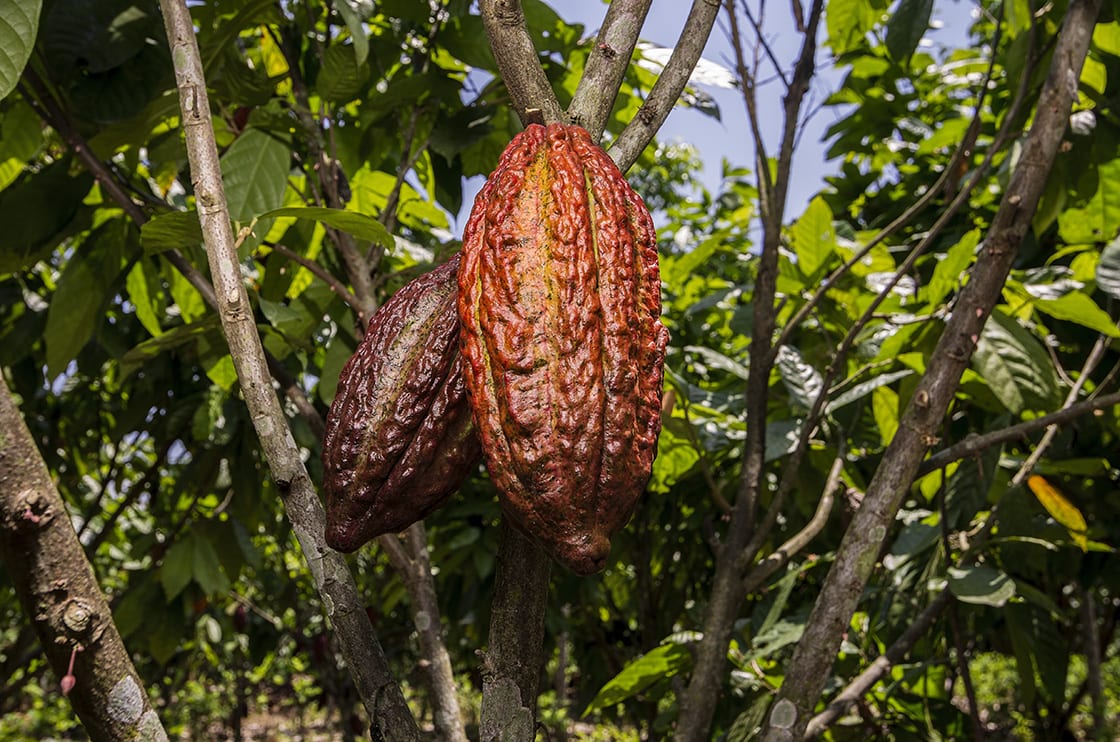
Cocoa Plant Fruit
We can’t imagine anyone who could live without chocolate. Despite being one of the world’s favorite desserts, the cacao plant is also a superfood that is loaded with health benefits. Make raw cacao part of your regular diet to benefit from natural energy, mental alertness, and focus. Cacao also has more calcium than cow’s milk and is the highest plant-based source of iron. It’s full of magnesium for a healthy heart and brain.

Victoria Regia (victoria Amazonica) In A Lake In Brazil
If you have ever been on an Amazon River cruise or stayed in a jungle lodge, you may have seen these impressive Victoria water lilies during one of your jungle excursions. These water lilies are not your average flower – they grow up to 3 meters in diameter – imagine, you could lay down on one! They were named after Queen Victoria of the United Kingdom.
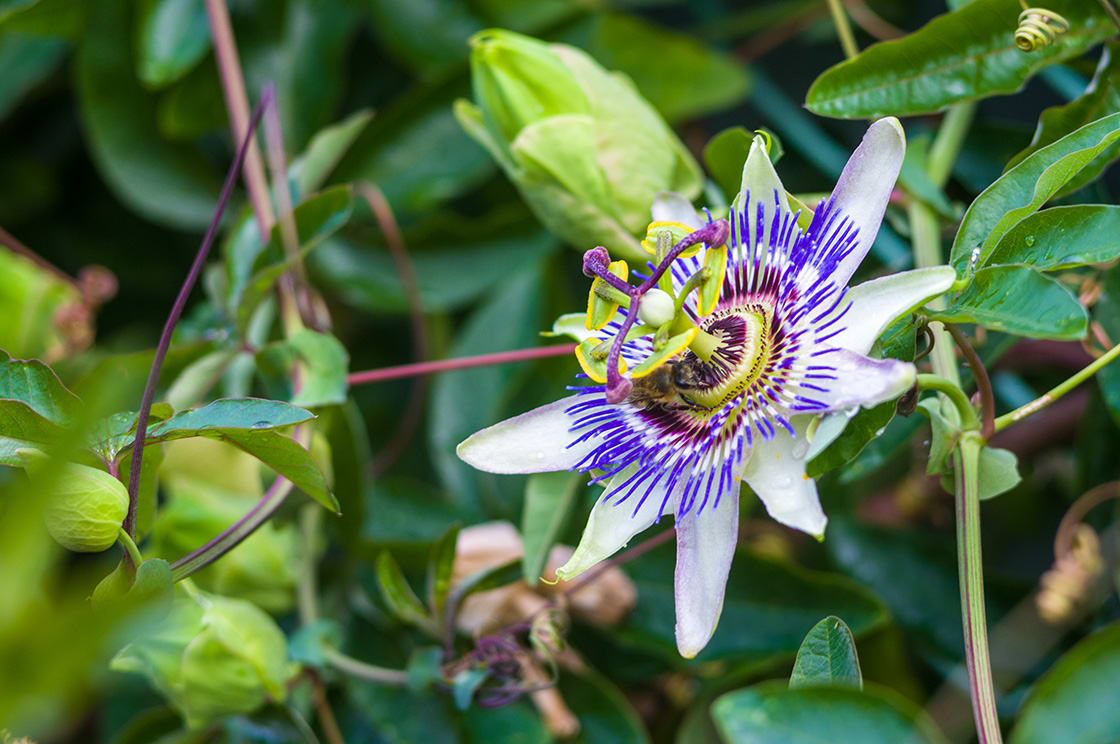
Passion Flower
I’m sure many of you have enjoyed a glass of passion fruit juice, but did you know that this plant also produces one of the world’s most beautiful flowers? The passion fruit flower is a vigorous vine that can cling on to almost anything and grow 15 to 20 ft. a year. This plan does well in tropical climates and prefers the sun, however, the passion fruit flower does not like heavy heat. If there is too much heat, the passion fruit flower will start growing towards the shade.
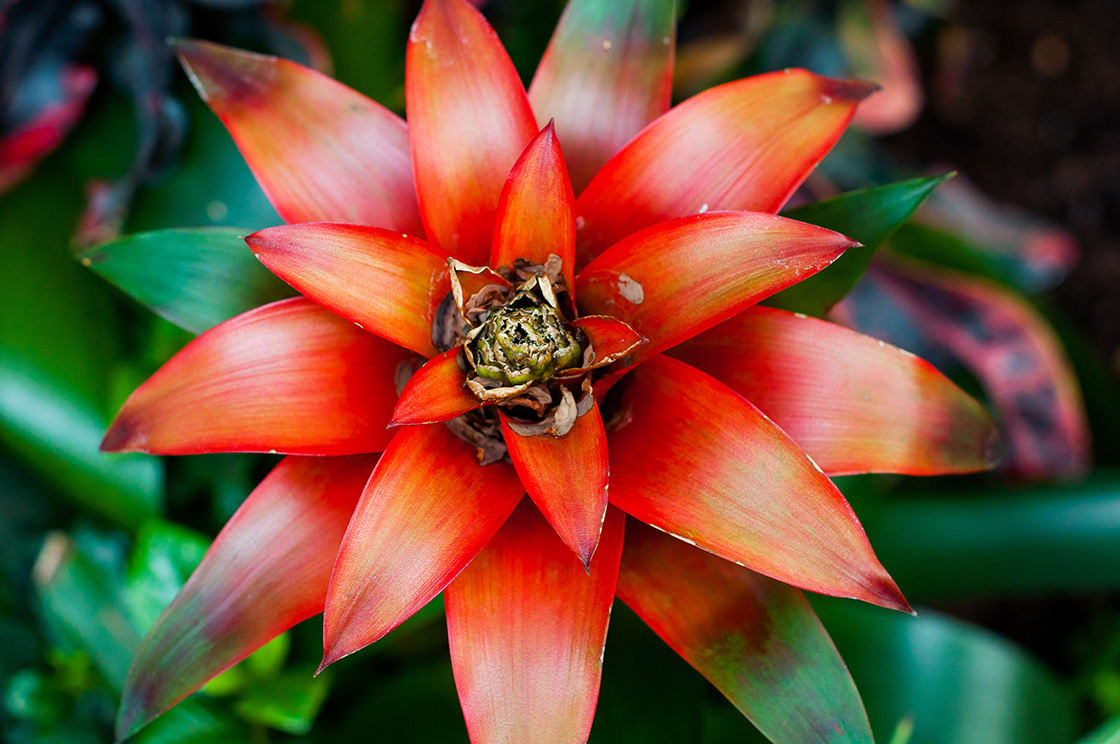
Flower Of Bromeliad
These beautiful plants are bright in color, varying from reds and oranges to blues and purples. These flowers grow on the ground or on other plants, and even on rocks. Like the passion fruit flower, some of the bromeliad species also produce fresh, juicy fruit. Can you guess what it is? Answer: Pineapple.
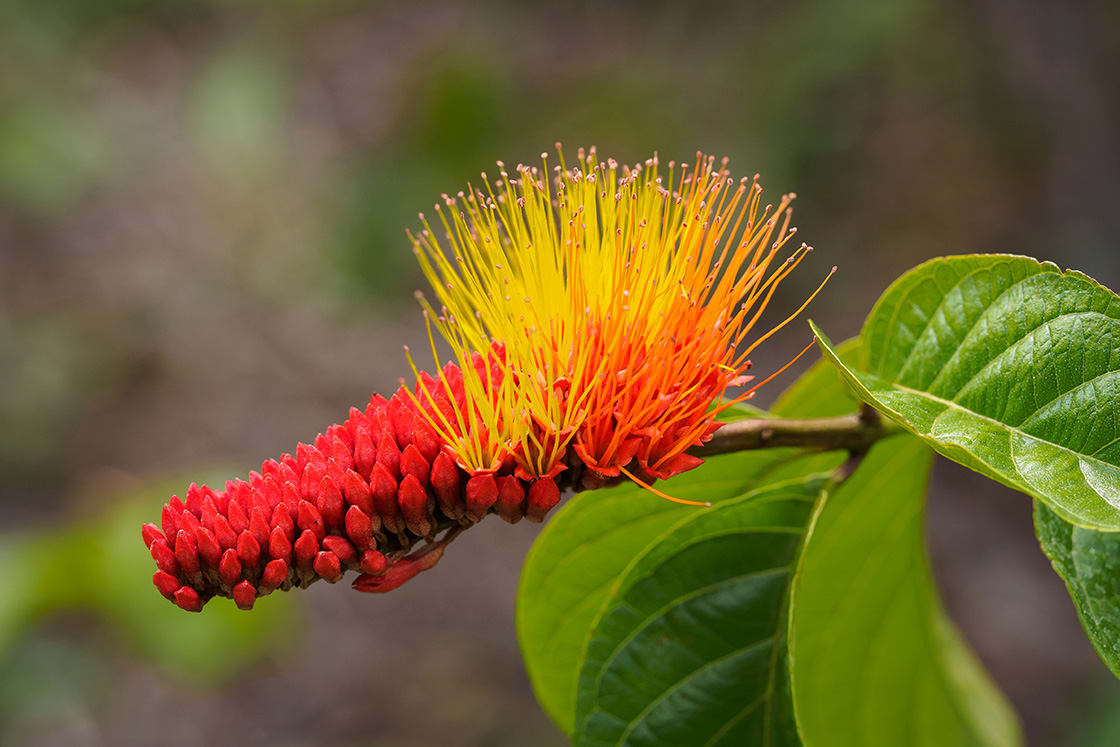
Monkey Brush (combretum Rotundifolium)
The Monkey Brush is a striking vine native to South America. This exotic plant grows like a parasite on other plants and trees throughout the jungle. The flower acts as a natural feeding source for hummingbirds and a resting spot for green iguanas. The flower is very bright, a vivid orange color that can easily be seen among rainforest greenery. The name Monkey Brush is believed to have come from the flower’s long and colorful stamens.

Green-Yellow Banana Tree Fruit
Bananas are the fourth largest food crop in the world and one of the most popular fruits in the United States. They are vital to our economy and our health. The banana plant is very impressive. Banana blossoms develop into fruit (takes 3-4 months to be ripe enough to eat). After the plant produces fruit, the stem dies and is immediately replaced by new growth. Can you believe that banana plants weigh on average 100 pounds and can have 150 bananas growing at the same time?
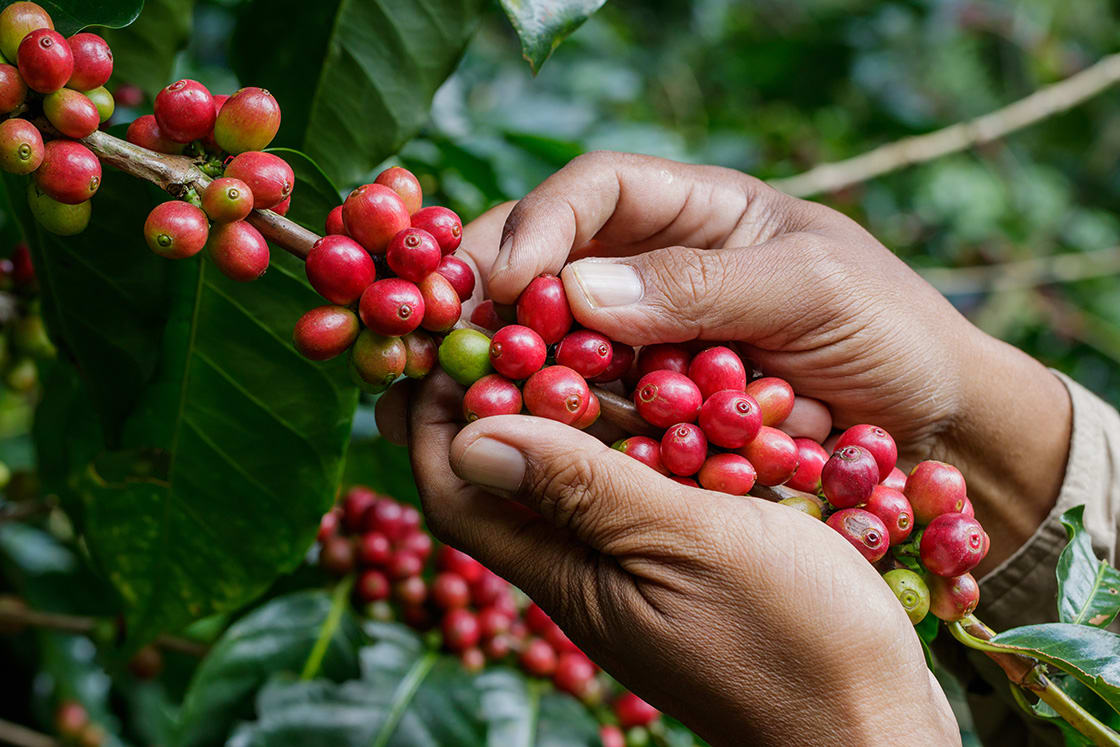
Harvesting Coffee Berries
Most of us couldn’t imagine a world without coffee! The coffee plant resembles a bush and can grow up to 30 feet tall. Coffee flowers are very small and fragrant, helping to attract insects for pollination. After the flower falls off of the plant, little berries begin to grow. Inside these berries lie the valuable coffee beans which make them one of the most economically important species in the world.
While Rainforest Cruises aim to provide accurate and up-to-date information, we make no representations as to the accuracy or completeness of any information herein or found by following any link on this site. Rainforest Cruises cannot and will not accept responsibility for any omissions or inaccuracies, or for any consequences arising therefrom, including any losses, injuries, or damages resulting from the display or use of this information.




